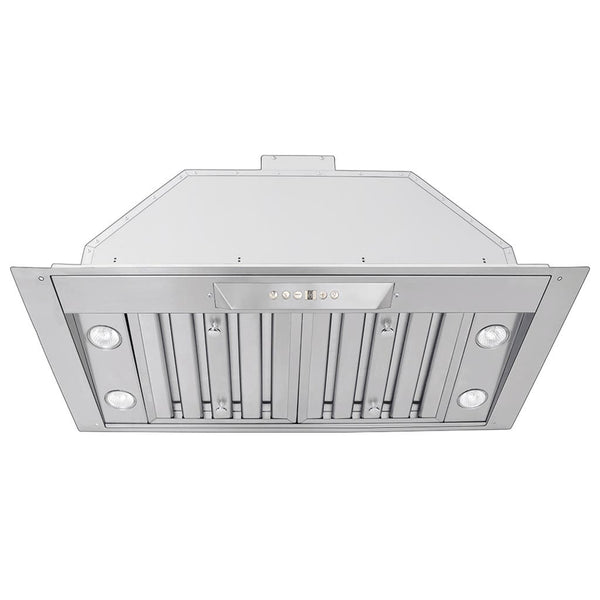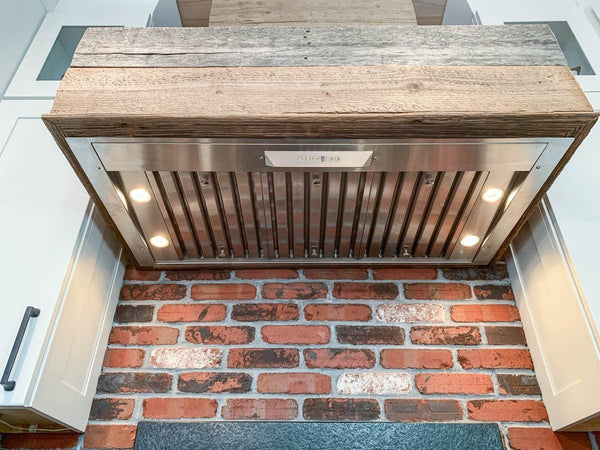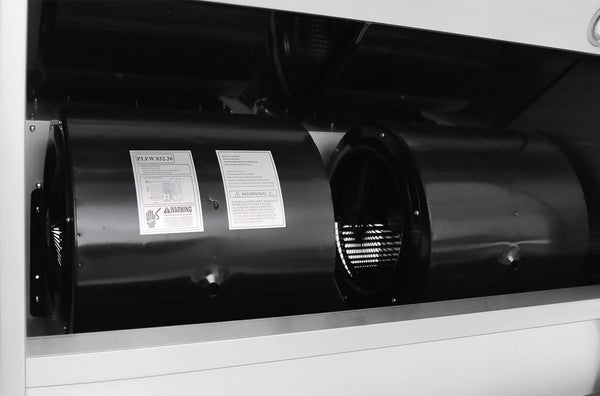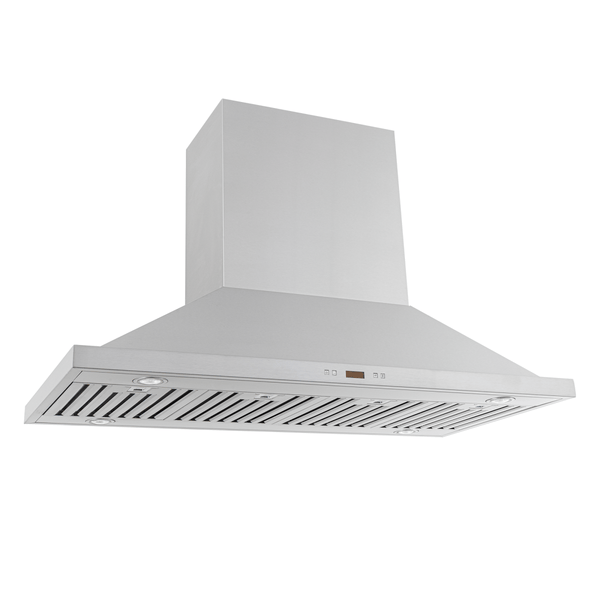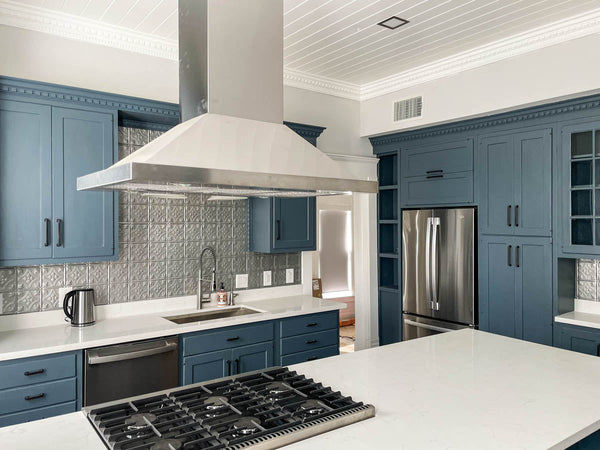Clearance Pricing — Direct From Factory — SHOP NOW!
Most Searched
Best Seller Products
Range Hood Insert/Liner, Ducted, Up to 1200 CFM, Stainless Steel | Proline PLFL CL
PLFL CL
Insert Range Hood for Custom Hoods
25 reviews
From
$779.99
to
$899.99
Wall-Mounted Range Hood, Ducted, 900/1200 CFM, Stainless Steel Finish | Proline PLGW 129 SC
PLGW 129SC
Wall Mounted Range Hood
26 reviews
From
$979.99
to
$1,449.99
Proline Dream Home Series Hood Installation Manuals
Proline Legacy Hood Installation Manuals
Proline Outdoor Hood Installation Manuals
Proline Blowers and Accessories Installation Manuals
- Choosing a selection results in a full page refresh.
